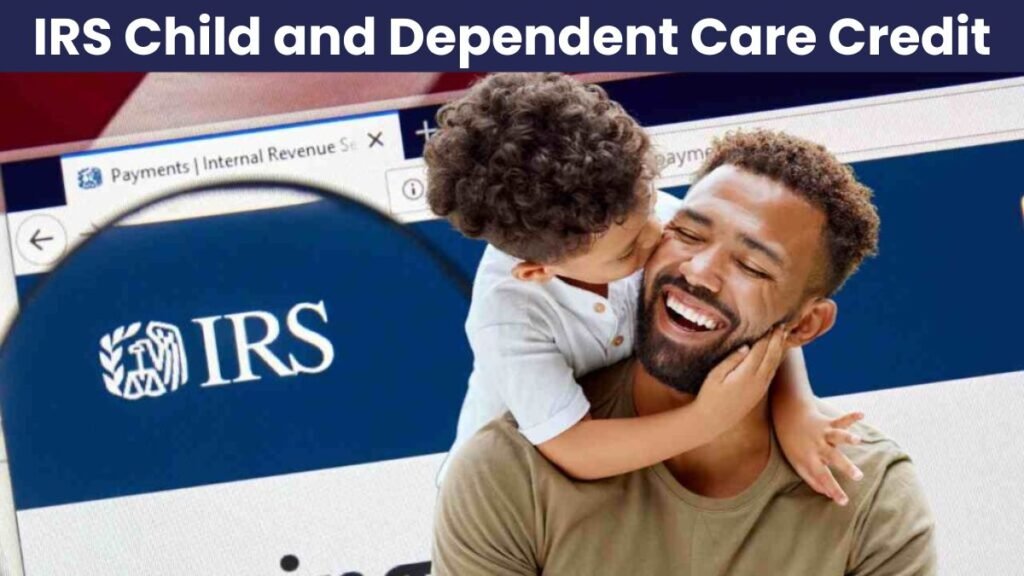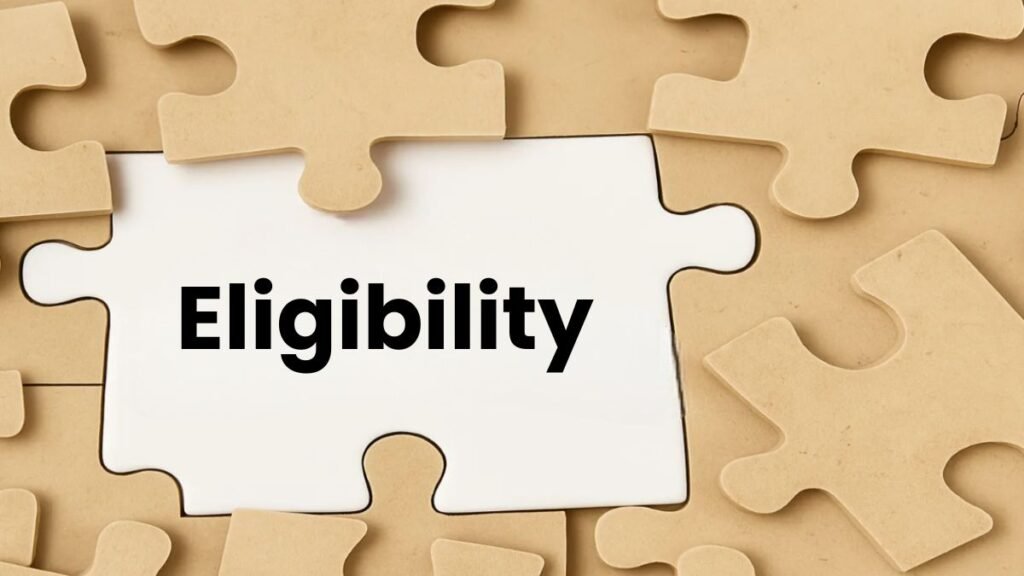Introduction: Having children is a very expensive and troublesome asset in the USA. Relatives also sometimes turn out to be difficult to care for. But the good news is that tax relief is still being handed out by the Internal Revenue Service (IRS)-by means of the Child and Dependent Care Credit (CDCC). This credit class action was designed for families who must pay someone to take care of their young children, disabled spouses, or other dependents while they work The benefit still exists into 2025-and many more Americans will be eligible if they meet its requirements and apply on time.
What is the IRS Child and Dependent Care Credit?

It’s a nonrefundable tax credit available for taxpayers who incurred expenses on qualified caregiving services while working. The intent is to motivate working parents and guardians to get relief for the cost of care for children or dependents.
Part of the money will be paid back to you in the form of a tax credit for services you buy from a caregiver. It won’t only reduce the annual tax burden but will also serve to buffer family finances.
Who is eligible?
According to the IRS, you must meet the following criteria to be eligible for CDCC:
- Must be working: You (and your spouse, if you are married) must be working or looking for a job. Full-time or part-time is acceptable.
- Qualified Person: You must have spent on caregiving services for a person who is:
- Must have earned income: you must have some form of earned income – such as salary from a job, self-employment, etc.
What expenses are eligible?
The following expenses may be covered under CDCC:

- Daycare or child care center fees
- Summer day camp (not residential)
- Nanny or babysitter fees (if reported for taxes)
- Preschool (in certain situations)
- Care services for a mentally/physically disabled person
Note: School tuition, extracurricular activities, and overnight camps are not eligible for this credit.
How to apply?
To claim the IRS Child and Dependent Care Credit, you must fill out Form 2441 and submit it with your Form 1040 (income tax return).
Required Information:
- Name, address, and tax identification number (TIN or SSN) of the service provider
- Total amount paid for care
- Description of eligible dependents receiving care
- The IRS cross-verifies this information, so be sure to provide accurate service provider information.
Some common mistakes to avoid
- Identifying a household member as a service provider: For example, your 17-year-old son who cares for your younger child this is a violation of IRS rules.
- Filling out the wrong or incomplete form: It is important to fill out Form 2441 correctly.
- Forgetting to provide service provider information: This can cause your claim to be rejected.
Can you claim it with other tax credits?
Yes, you can claim the Child and Dependent Care Credit, as well as other tax credits such as:
- Child Tax Credit (CTC)
- Earned Income Tax Credit (EITC)
- provided you qualify for them.
What’s new in 2025?
The IRS periodically updates rules and limits. Key updates in 2025 include:
- The maximum amount of eligible expenses has not been increased, but e-filing of Form 2441 has been made easier.
- The IRS has eliminated certain COVID-era benefits that were previously available in 2021–2022.
- The IRS now more rigorously scrutinizes service provider reporting, reducing cases of fraud.
Conclusion:
If you’re a working parent or a parent caring for a dependent, the Child and Dependent Care Credit 2025 could be a huge relief. This tax credit could save you up to $2,100 annually and that’s just on services you’re already receiving.
FAQs
Q1. What is the IRS Child and Dependent Care Credit?
A. It is a non-refundable tax credit provided by the IRS to help working individuals and families cover expenses related to child care or care for a dependent while they work or look for work.
Q2. Who qualifies for the Child and Dependent Care Credit in 2025?
A. You may qualify if you paid for care for a child under 13 or a disabled spouse/dependent, while working or seeking employment. You must also have earned income.
Q3. How much can I claim through this credit?
A. For one qualifying person, up to $3,000 in care expenses may be eligible. For two or more qualifying dependents, up to $6,000. The actual credit is a percentage (20%–35%) of these amounts, based on your income.
Q4. What expenses qualify for the Child and Dependent Care Credit?
A. Expenses such as daycare, babysitters, before- or after-school programs, day camps (not overnight), and some in-home caregivers qualify.
Q5. Can I claim this credit for care provided by a family member?
A. You cannot claim the credit if the caregiver is your spouse, the parent of your child under age 13, or a dependent under age 19.








